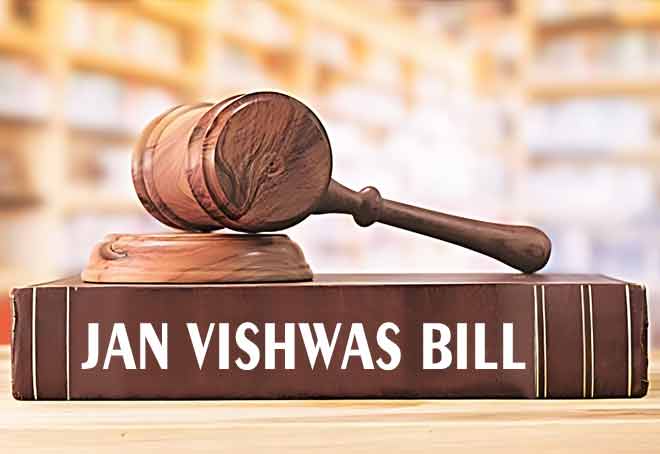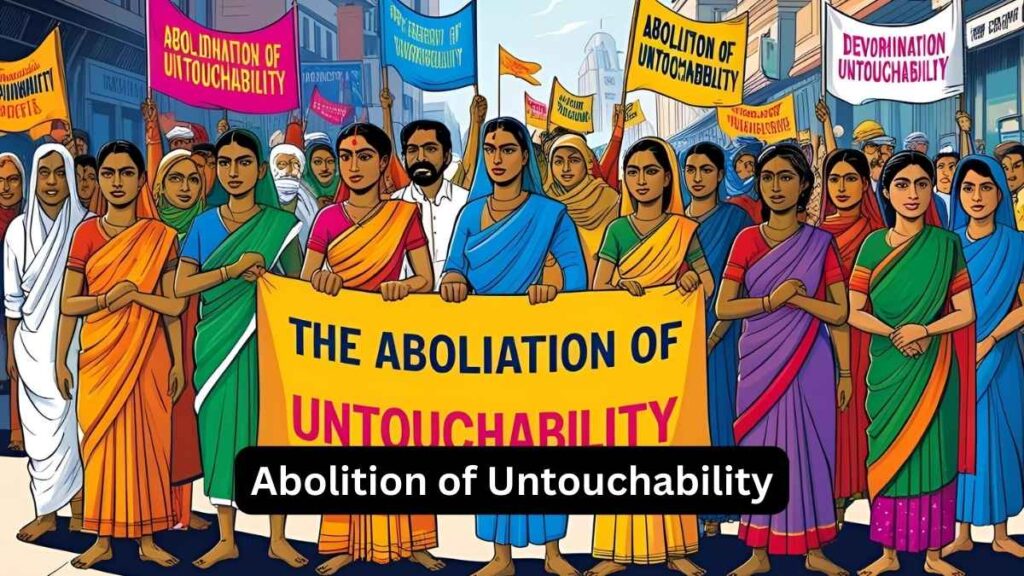Font size:
Print
India-EU Free Trade Agreement
Context:
India and the EU made significant progress on dispute settlement norms in their latest trade negotiations but struggled to resolve differences on rules of origin. Amid rising global protectionism, PM Modi and EU Commission President Ursula von der Leyen aim to finalise the free trade deal by the end of 2025. Talks, ongoing since July 2022, will continue with the next round in New Delhi on May 5.
Significance of the India-EU FTA
- The EU is India’s second-largest trading partner, accounting for 10.8% of total Indian trade in 2023.
Key Phases of India- EU FTA Negotiations
- Initiation (2007): The negotiations aimed at removing barriers in goods, services, and investments, focusing on areas like public procurement, IPR, and sustainable development. Both sides sought market expansion.
- Stalled Talks (2013): Negotiations stalled due to disagreements on tariff cuts, especially in automobiles, wines, and dairy, as well as market access for services. India wanted to protect domestic industries while seeking liberalisation of visa rules for professionals.
- Re-engagement Post-2016: Talks resumed after Brexit as both sides sought new trade partnerships, with geopolitical shifts, especially regarding China, influencing the discussions.
- Renewed Momentum (2021): The COVID-19 pandemic and supply chain disruptions highlighted the need for stronger economic cooperation, leading to renewed talks.
- A successful FTA could boost bilateral trade, create jobs, and enhance technology transfer.
- Strengthening India-EU trade ties aligns with India’s diversification strategy to reduce dependence on certain markets.
- The agreement is crucial for India’s integration into global value chains (GVCs).
Major Areas of Progress
- Dispute Settlement Mechanism
- Both sides have reached substantial agreement on a robust dispute resolution framework.
- Ensuring predictability and legal certainty in trade relations.
- Sustainable Development Provisions
- Emphasis on labour rights, environmental standards, and carbon emissions.
- Potential alignment with India’s commitment to green energy and sustainable trade practices.
Challenges in Negotiations
- Rules of Origin Stalemate
- Rules of origin determine the extent of local content required for goods to qualify for tariff concessions.
- The EU demands stricter rules to prevent non-EU countries from benefiting via India.
- India seeks more flexible criteria to accommodate its manufacturing structure.
- Market Access Concerns
- The EU is pushing for greater access to India’s automobile, dairy, and wine markets.
- India seeks better access for IT services, textiles, and pharmaceuticals.
- Agricultural subsidies and sanitary standards remain contentious issues.
- Tariff Reduction on Automobiles
- The EU demands significant tariff cuts on luxury cars.
- India is reluctant to lower tariffs drastically to protect domestic automobile manufacturers.
Potential Benefits of the Agreement
- Boost to Economic Growth
- Could increase trade volumes and investment inflows.
- Sectors like pharmaceuticals, textiles, and IT services could witness major gains.
- Strengthening India’s Manufacturing Base
- Enhanced technology transfer and collaboration with EU firms.
- Growth in sectors like green energy and high-end manufacturing.
- Geopolitical and Strategic Significance
- Strengthening India’s trade ties with a key global economic bloc.
- Reducing India’s dependence on China for trade and supply chains.
The Way Forward
- Balanced Approach on Market Access
- India must negotiate gradual tariff reductions while protecting domestic industries.
- The EU should offer concessions on non-tariff barriers in IT and services sectors.
- Pragmatic Rules of Origin Framework: A middle ground should be explored to ensure fair trade practices without restricting India’s export potential.
- Strengthening Investment and Services Trade
- A comprehensive investment protection agreement could boost FDI from the EU.
- Greater collaboration in services trade, including AI, fintech, and digital economy.
- Sustainable and Inclusive Trade Provisions: Ensuring compliance with environmental and labour standards while safeguarding India’s developmental needs.


